Holy Family with Saint John
Oil on African marble, 30 x 24 cm
With frame, cm 45 x 38
The strong emotional imprint of Arcadian taste and Roman inspiration reveals a knowledge by the artist of Mediterranean landscape painting, a genre made popular in the Netherlands by figures such as Bartholomeus Breenbergh, Nicolaes Berchem and Jan Both. This is also confirmed by the clear atmosphere and serene composition of the landscape, together with the delicate harmony of colors and overall brightness. The success of these iconographic subjects was also fuelled by the work of Philips Wouwerman and the Bamboccian painters, much appreciated by collectors at the time. Finally, the wide circulation of drawings and prints that profoundly influenced Flemish and Dutch art up to the modern age should not be overlooked.
Highlighting the refinement of the painting and the nature of the support used, we can attribute the realization of this Holy Family directly to the workshop of Bartholomeus Breenbergh, testifying a prestigious client. Born in Deventer to a wealthy Protestant family, his initial artistic training is uncertain, but it is assumed that he was in Amsterdam with the Pre-Rembrandists, perhaps Jacob Pynas.
Between 1619 and 1629 he lived in Rome, collaborating and copying the works of Paul Brill, influenced by the landscape painter Cornelis van Poelenburgh. Together they studied the Roman countryside with a new focus on southern light and ancient ruins, preferring chiaroscuro effects. Breenbergh and Poelenburch were the main exponents of the first generation of the "Dutch Italianates". In Rome he was a member of the Schildersbent with the nickname "Het Fret" (The Ferret). After the departure of Poelenburgh in 1625, Breenbergh’s style evolved towards extreme angles and sharper contrasts.




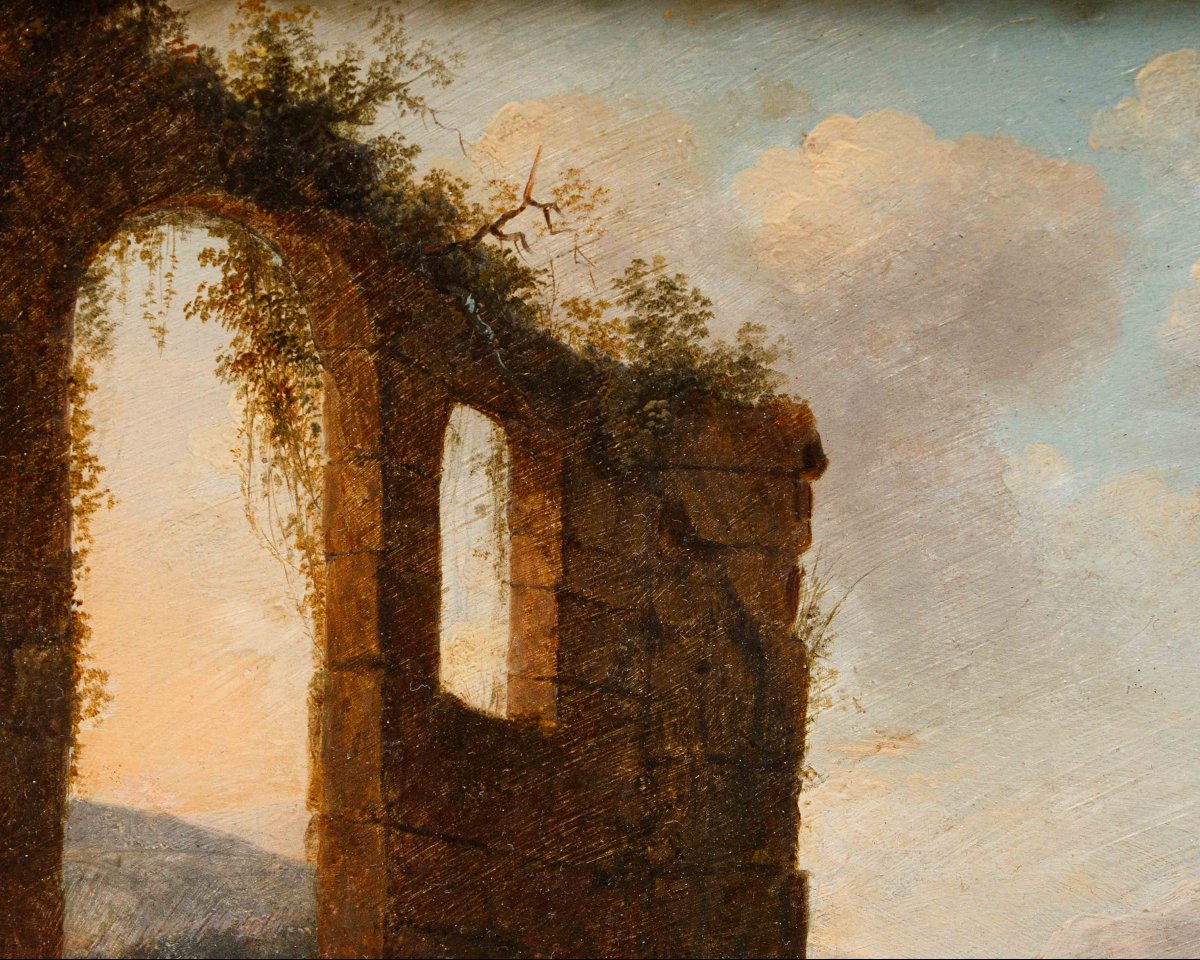
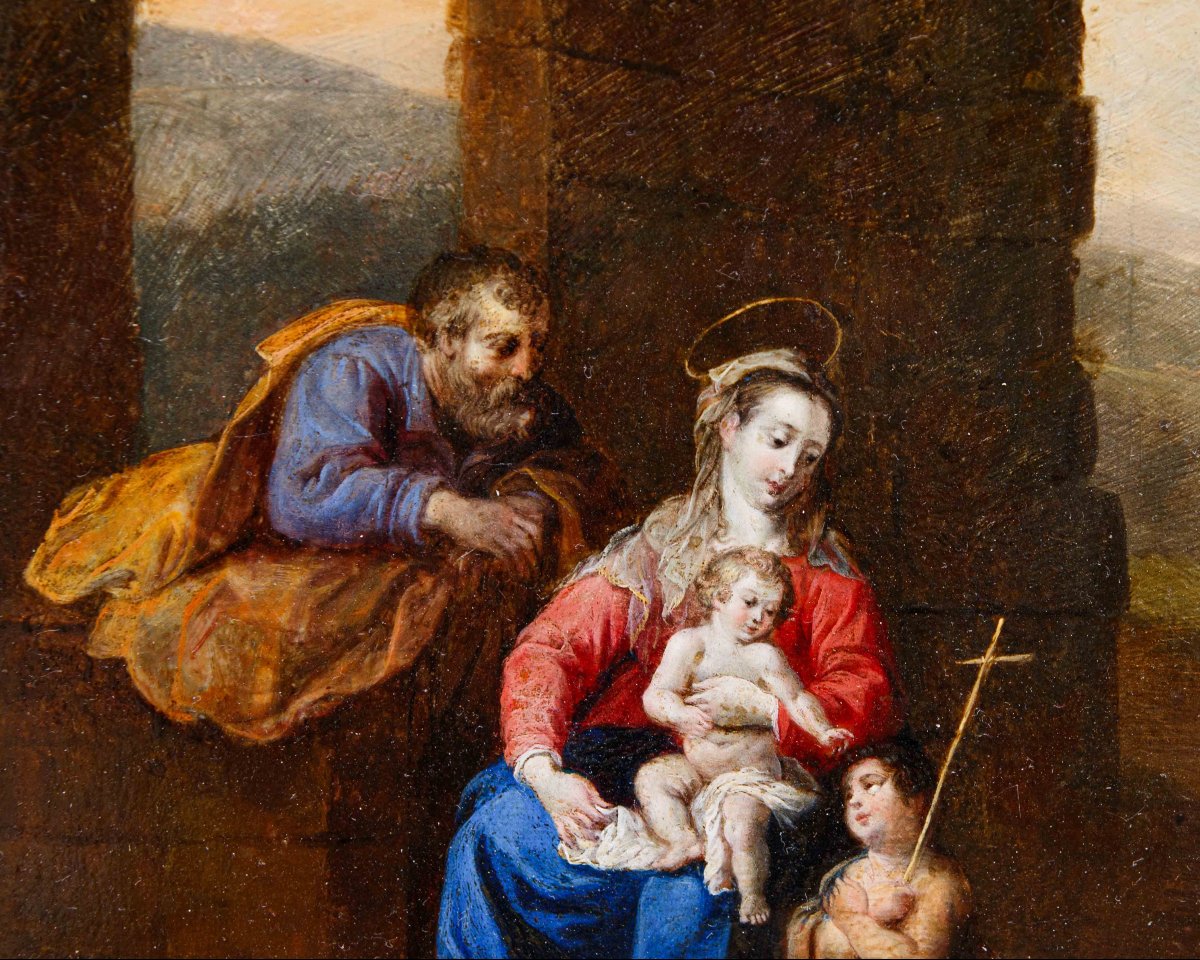



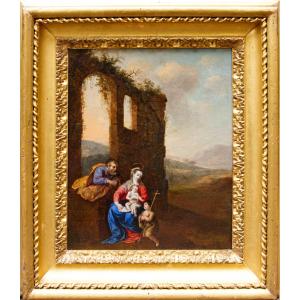












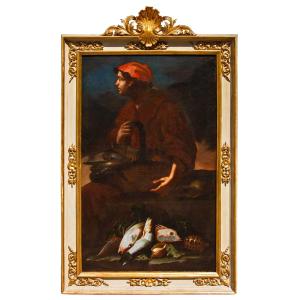

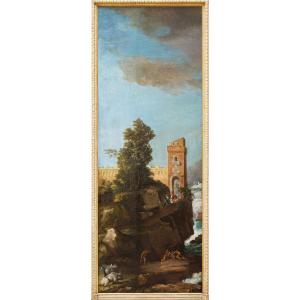







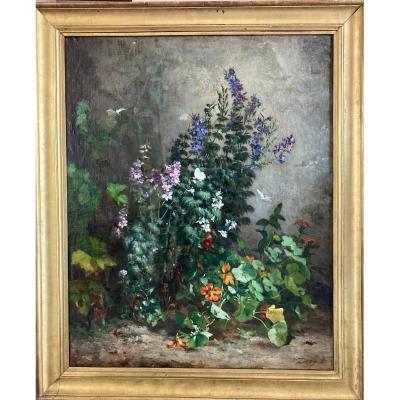
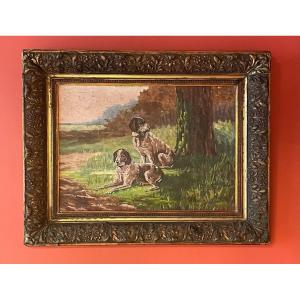


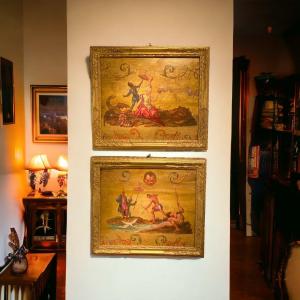



 Le Magazine de PROANTIC
Le Magazine de PROANTIC TRÉSORS Magazine
TRÉSORS Magazine Rivista Artiquariato
Rivista Artiquariato